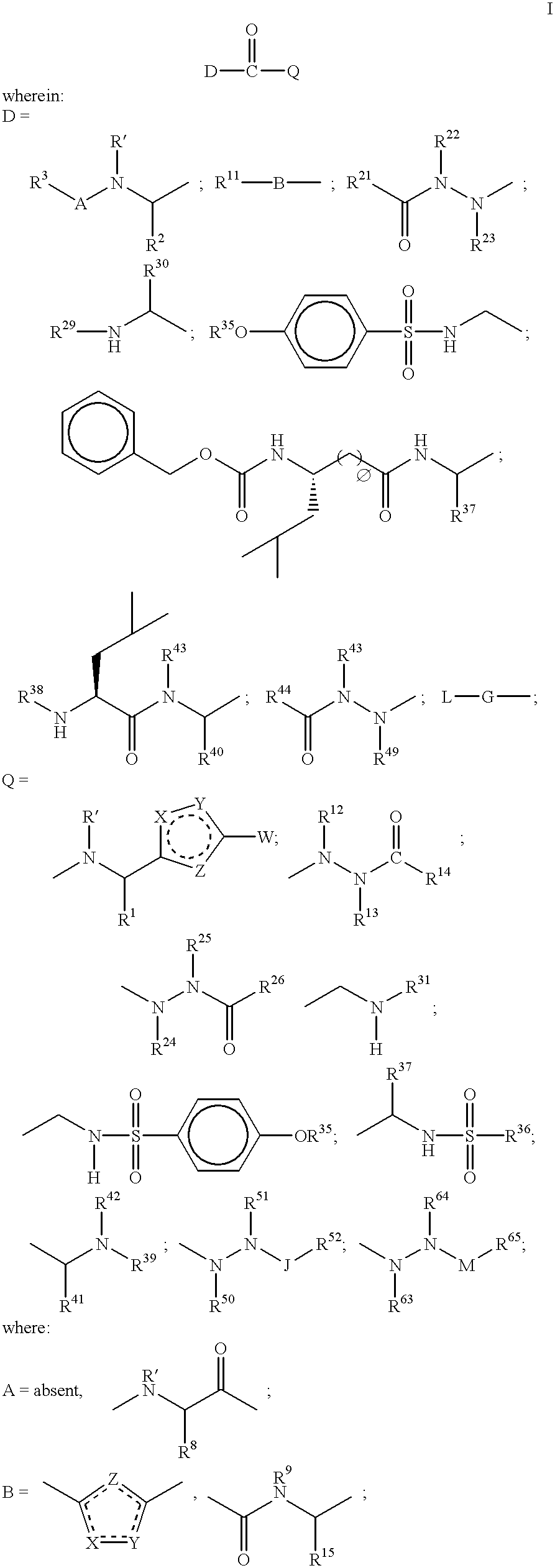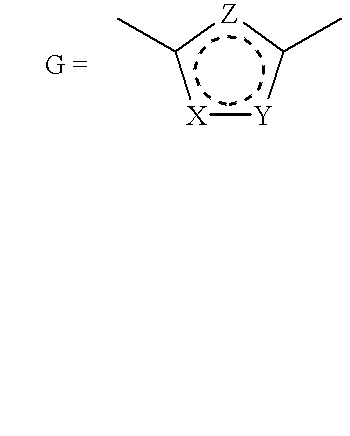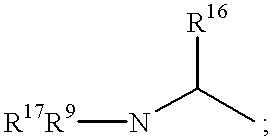Method of inhibiting cathepsin K
a technology of cathepsin and k, which is applied in the field of inhibiting cathepsin k, can solve the problems of minimal trauma and increased fracture risk, and achieve the effect of accurate structural form for unknown crystals more quickly and efficiently
- Summary
- Abstract
- Description
- Claims
- Application Information
AI Technical Summary
Benefits of technology
Problems solved by technology
Method used
Image
Examples
example 2
Assays
Determination of cathepsin K proteolytic catalytic activity
All assays for cathepsin K were carried out with human recombinant enzyme. Standard assay conditions for the determination of kinetic constants used a fluorogenic peptide substrate, typically Cbz-Phe-Arg-AMC, and were determined in 100 mM Na acetate at pH 5.5 containing 20 mM cysteine and 5 mM EDTA. Stock substrate solutions were prepared at concentrations of 10 or 20 mM in DMSO with 20 uM final substrate concentration in the assays. All assays contained 10% DMSO. Independent experiments found that this level of DMSO had no effect on enzyme activity or kinetic constants. All assays were conducted at ambient temperature. Product fluorescence (excitation at 360 nM; emission at 460 nM) was monitored with a Perceptive Biosystems Cytofluor II fluorescent plate reader. Product progress curves were generated over 20 to 30 minutes following formation of AMC product.
Inhibition studies
Potential inhibitors were evaluated using th...
example 3
Method of Detecting Inhibitors
The three dimensional atomic structure can be readily used as a template for selecting potent inhibitors. Various computer programs and databases are available for the purpose. A good inhibitor should at least have excellent steric and electrostatic complementarity to the target, a fair amount of hydrophobic surface buried and sufficient conformational rigidity to minimize entropy loss upon binding. The approach usually comprises several steps:
1) Define a region to target. the active site cavity of cathepsin K can be selected, but any place that is essential to the protease activity could become a potential target. Since the crystal structure has been determined, the spatial and chemical properties of the target region is known.
2) Docking a small molecule onto the target. Many methods can be used to archive this. Computer databases of three-dimensional structures are available for screening millions of small molecular compounds. A negative image of thes...
example 4
Crystallization of Enzyme with Inhibitors
A. Preparation of Inhibitors
Compound 1. Preparation of 4-[N-[(phenylmethoxy)carbonyl]-L-leucyl]-1-[N-[(phenvlmethoxy)carbonyl]-L-leucyl]-3-pyrrolidinone
a) 3-hydroxy-4-[N-[(phenylmethoxy)carbonyl]-L-leucyl]-1-pyrrolidinecarboxylic acid 1,1dimethylethyl ester
To a solution of 3-hydroxy-4-amino-1-pyrrolidinecarboxylic acid, 1,1-dimethylethyl ester (202 mg, 1.14 mmol) in CH.sub.2 CI.sub.2 (5 mL) was added CBZ-leucine (302.9 mg, 1.14 mmol), HOBT (154 mg, 1.14 mmol) and EDC (262.2 mg, 1.37 mmol). The reaction was allowed to stir until complete by TLC analysis whereupon it was diluted with EtOAc and washed sequentially with pH 4 buffer, sat. K.sub.2 CO.sub.3, water and brine. The organic layer was dried (MgSO4), filtered and concentrated. Column chromatography of the residue (3:1 EtOAc:hexanes) gave 325 mg of the title compound: MS (ES+) 450.3 (MH+), 472.2 (M+Na).
b) 3-hydroxy-4-[N-[(phenylmethoxy)carbonyl]-L-leucyl]-1-pyrrolidine hydrochloride
To a so...
PUM
| Property | Measurement | Unit |
|---|---|---|
| pKa | aaaaa | aaaaa |
| distances | aaaaa | aaaaa |
| density | aaaaa | aaaaa |
Abstract
Description
Claims
Application Information
 Login to View More
Login to View More - R&D
- Intellectual Property
- Life Sciences
- Materials
- Tech Scout
- Unparalleled Data Quality
- Higher Quality Content
- 60% Fewer Hallucinations
Browse by: Latest US Patents, China's latest patents, Technical Efficacy Thesaurus, Application Domain, Technology Topic, Popular Technical Reports.
© 2025 PatSnap. All rights reserved.Legal|Privacy policy|Modern Slavery Act Transparency Statement|Sitemap|About US| Contact US: help@patsnap.com



